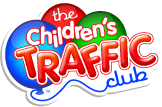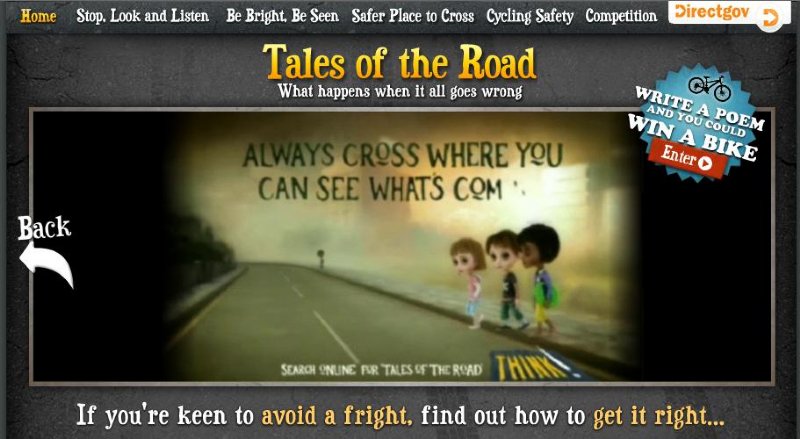Road Safety
Road Safety Assistants from Peterborough City Council deliver child pedestrian training to all Reception aged children at this school.
The aims and objectives of the training are:
- Improve children’s basic road awareness thus providing a base on which to build future skills
- Develop safe behaviour
- To advise parents how to improve their child’s awareness, skills, knowledge and behaviour near the road
- Encourage parents to establish a safe practice and set a good example at all times
In addition to this, we would recommend visiting the websites below, which are concerned with Road Safety for younger children. You may also like to read the further Advice for Parents.
Advice for Parents
By setting a good example you can ensure your child remains safe and develops road and traffic awareness. You might also want to follow these simple tips when crossing the road with your child.
On the pavement...
When walking near a road it is a good idea to:
- hold your child's hand - don't let them run ahead
- look out for and encourage your child to be aware of hidden entrances or driveways crossing the pavement
- put reins on a younger child if they're not strapped in a pushchair
- make sure your child walks on the side of the pavement away from the traffic
- It can be hard for motorists to see small children, especially when they are reversing, so take extra care. Never let your children go near a road alone or even with an older child. Children are generally not ready to cross roads on their own until they are at least eight years old - and many will not be ready even then.
Crossing the road...
When the time comes to teach your child about crossing the road, remember the following:
- always set a good example by choosing a safe place to cross and explaining what you're doing
- let your child help you decide where and when it's safe to cross
- tell your child that it's safest to cross at a pedestrian crossing or a crossing patrol
- tell your child not to cross where they can't see far along the road
- explain that they should not try to cross a road between parked cars; drivers won't be able to see them very well and the cars might start moving
- use the Green Cross Code with your child; explain that you have to stop at the kerb, then look both ways and listen for traffic before crossing
- when it's safe to cross, walk straight across the road and keep looking and listening out for traffic
- remind your children to concentrate - they may be easily distracted, forget what they have been taught and dash out into the road
- make sure that anyone else looking after your child follows the same road safety rules that you do
Pedestrian crossings...
You might feel that pedestrian crossings are safe, but they can still be dangerous for children if they don't take care. Remember to:
- explain that pedestrians have to wait on the pavement until all the traffic coming from both directions has stopped - only then is it safe to cross
- explain that if there is an island in the middle of the road, your child should treat each half of the crossing as a separate crossing
- tell your child it's important to keep looking and listening while crossing, in case a driver has not seen them
- warn your child to watch for cyclists or motorcyclists who might not have seen them
- make sure your child can be seen easily; bright or fluorescent clothes are best during the day and reflective materials work well at night
- always use a zebra or light-controlled crossing, or a school crossing patrol, if there is one


